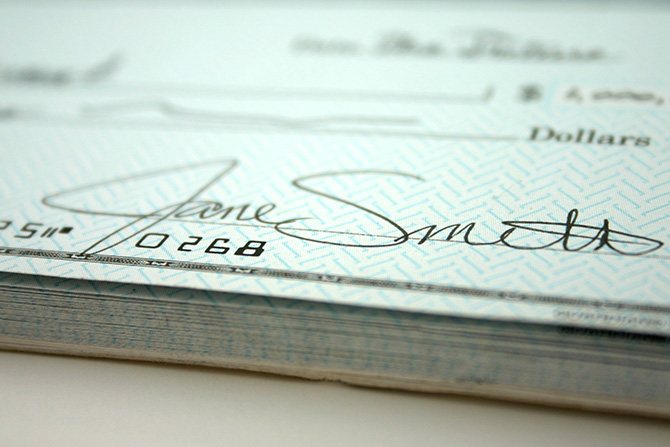Check fraud in the United States has grown by 385% since the COVID-19 pandemic, according to the U.S. Department of the Treasury. Financial institutions have an obligation to their shareholders, boards of directors, customers and members to proactively mitigate the risk of check fraud. Unfortunately, this fight has traditionally been costly and time-consuming, impacting both the institution and account holder.
Emerging AI technologies like computer vision are transforming inefficient processes into highly scalable and reliable workflows. Let’s explore how embracing these types of modern technology help banks and credit unions take a “Day Zero” approach to combating check fraud.
Why A Real-Time Approach Is Needed
Most bankers involved with payments are familiar with Day 1 and Day 2 processing. If you’re new to this side of the house (or banking in general), here’s a quick recap of key terminology:
- Day 1 Processing begins when a check enters the payment stream and continues through the distribution of an X9 file. Multiple steps are involved with Day 1 processing, including acquiring payments, managing metadata and preparing image cash letters.
- Day 2 Processing refers to payments that have already gone through Day 1 processing but were returned due to exceptions. Not sufficient funds, closed or frozen accounts, and missing signatures are potential reasons for Day 2 processing.
It’s no surprise that checks cashed by fraudsters lead to increased processing for financial institutions. This means complex balancing exercises, costly write-offs and more work for back-office teams. Even worse, days can pass before a fraudulent transaction is flagged, making it difficult to track down the bad actor. Failing to stop this type of activity can negatively impact an institution’s reputation with exchange partners, account holders and the community.
Clearly, waiting to manage check fraud is not ideal. A better approach aims to detect, flag and remove fraudulent payments as close to real-time as possible.
In a perfect world, check fraud would stop on Day Zero — at the point of capture and before the transaction enters the back office or even worse, impacts the bottom line.
Leveraging Technology to Detect Check Fraud Faster
Why do so many fraudulent checks enter the payment stream? Simply put, fraudsters keep advancing their tactics. The human eye may not be capable of detecting subtle differences between legitimate and fraudulent checks, especially when created by professional scammers. It’s time for financial institutions to embrace modern technology that goes beyond traditional fraud detection measures, and without putting the burden exclusively on front-line staff.
Alogent’s award-winning item processing suite features Alogent Shield and Alogent Shield+, intelligence-driven fraud mitigation capabilities that deliver 24/7/365 protection. Built for flexibility and security, these advanced tools secure transactions at every touchpoint, including:
- Branch and teller lines.
- Remote and mobile deposit capture (mRDC).
- Self-service channels like ATMs, ITMs and self-service kiosks.
- Lockbox and merchant capture solutions.
- Inclearings, returns and deposit X9 files.
With real-time monitoring and layered defense strategies, Alogent Shield and Alogent Shield+ help financial institutions stay one step ahead of fraud — on Day Zero. Reduce costly administrative work, avoid unnecessary write-offs and, ultimately, foster healthier reputations with stakeholders.
Learn more about Alogent’s payment solutions and check fraud mitigation.








